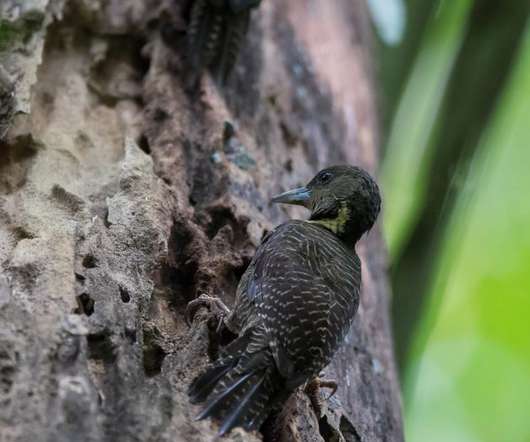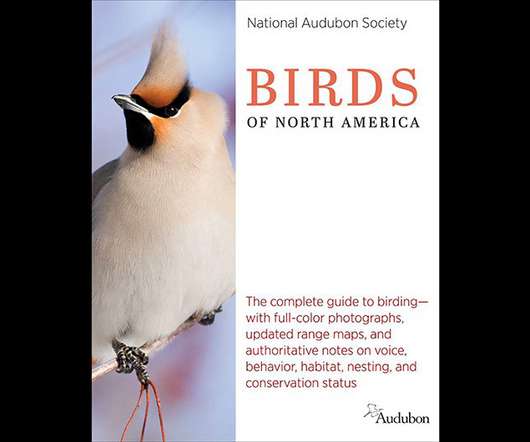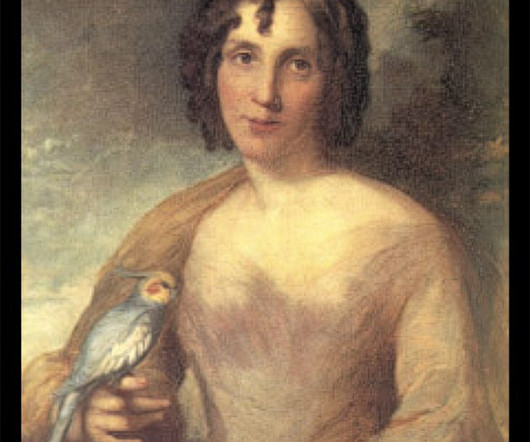Not enough Woodpeckers
10,000 Birds
JUNE 20, 2022
Or would be, had I encountered more of them – so far, I have seen only a very small share of the approximately 233 woodpecker species, and got decent photos of an even smaller number – not much more than 10% of all of them. So, writing a post about them is easy.












Let's personalize your content